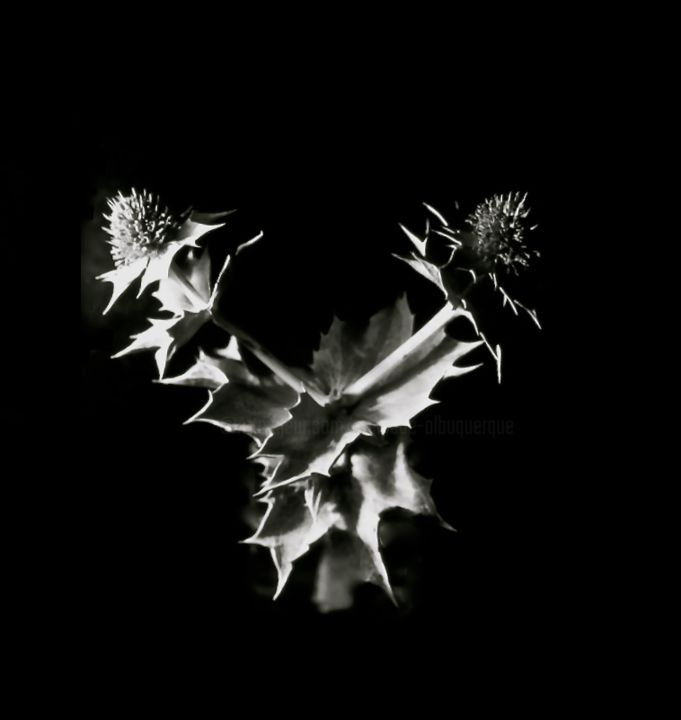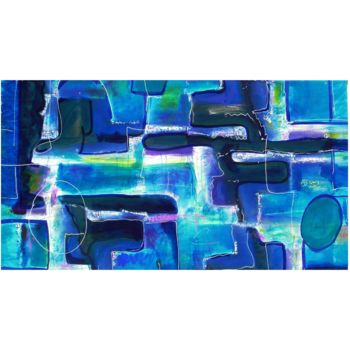Cactus Fotografia por Amamede
Não está à venda
Certificado de autenticidade incluído
Esta obra é exibida em 2 coleções
-
Este trabalho é uma "edição aberta"
Fotografia,
Giclée / Impressão digital
- Dimensões Vários tamanhos disponíveis
- Vários suportes disponíveis (Papel de belas artes, Impressão no metal, Impressão em telas)
- Moldura Quadro disponível (Quadro flutuante + sob o vidro, Quadro + Sob Vidro Acrílico)
- Categorias Fotografias menos de US$ 1.000
A cactus is a member of the plant family Cactaceae also known as Opuntiaceae. The word "cactus" derives, through Latin, from the Ancient Greek κάκτος (kaktos), a name originally used for a spiny plant whose identity is not certain. Cacti are native to the Americas, ranging from Patagonia in the south to parts of western Canada in the north—except[...]
A cactus is a member of the plant family Cactaceae also known as Opuntiaceae. The word "cactus" derives, through Latin, from the Ancient Greek κάκτος (kaktos), a name originally used for a spiny plant whose identity is not certain. Cacti are native to the Americas, ranging from Patagonia in the south to parts of western Canada in the north—except for Rhipsalis baccifera, which also grows in Africa and Sri Lanka.
Most cacti live in habitats subject to at least some drought. Many live in extremely dry environments, even being found in the Atacama Desert, one of the driest places on earth. Cacti show many adaptations to conserve water. Most species of cacti have lost true leaves, retaining only spines, which are highly modified leaves. As well as defending against herbivores, spines help prevent water loss by reducing air flow close to the cactus and providing some shade. Cactus spines are produced from specialized structures called areoles, a kind of highly reduced branch. Areoles are an identifying feature of cacti. As well as spines, areoles give rise to flowers, which are usually tubular and multipetaled.
Like other succulent plants, most cacti employ a special mechanism called "crassulacean acid metabolism" (CAM) as part of photosynthesis. Transpiration, during which carbon dioxide enters the plant and water escapes, does not take place during the day at the same time as photosynthesis, but instead occurs at night. The plant stores the carbon dioxide it takes in as malic acid, retaining it until daylight returns, and only then using it in photosynthesis. Because transpiration takes place during the cooler, more humid night hours, water loss is significantly reduced.
Most cacti live in habitats subject to at least some drought. Many live in extremely dry environments, even being found in the Atacama Desert, one of the driest places on earth. Cacti show many adaptations to conserve water. Most species of cacti have lost true leaves, retaining only spines, which are highly modified leaves. As well as defending against herbivores, spines help prevent water loss by reducing air flow close to the cactus and providing some shade. Cactus spines are produced from specialized structures called areoles, a kind of highly reduced branch. Areoles are an identifying feature of cacti. As well as spines, areoles give rise to flowers, which are usually tubular and multipetaled.
Like other succulent plants, most cacti employ a special mechanism called "crassulacean acid metabolism" (CAM) as part of photosynthesis. Transpiration, during which carbon dioxide enters the plant and water escapes, does not take place during the day at the same time as photosynthesis, but instead occurs at night. The plant stores the carbon dioxide it takes in as malic acid, retaining it until daylight returns, and only then using it in photosynthesis. Because transpiration takes place during the cooler, more humid night hours, water loss is significantly reduced.








